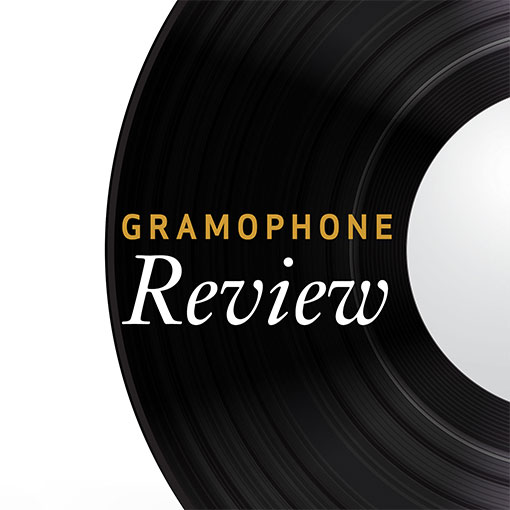Bach French Suite No 5; French Overture
View record and artist detailsRecord and Artist Details
Composer or Director: Johann Sebastian Bach
Label: Harmonia Mundi
Magazine Review Date: 6/1999
Media Format: CD or Download
Media Runtime: 53
Mastering:
DDD
Catalogue Number: HMN91 1679

Tracks:
| Composition | Artist Credit |
|---|---|
| (6) French Suites, Movement: No. 5 in G, BWV816 |
Johann Sebastian Bach, Composer
Johann Sebastian Bach, Composer Piotr Anderszewski, Piano |
| Overture (Partita) in the French style |
Johann Sebastian Bach, Composer
Johann Sebastian Bach, Composer Piotr Anderszewski, Piano |
Author: hfinch
‘Modest, distinct, clear and clean’: Quantz’s ever so slightly condescending reference in 1752 to the ‘French style’ describes exactly Piotr Anderszewski’s playing in the Gavotte of the Fifth French Suite, with its little clicks of the heels at the end and its gracious retiring bow of a ritenuto. It comes as a gentle, rather than customarily hyperactive, release after the hushed Sarabande. Here, hesitant ornaments restrain already remarkably muted articulation; yet Anderszewski’s way has an underlying simplicity and quality of plain speaking which prevents contrivance, just. The same applies to the Loure, with its shy appoggiaturas and phrasing, whose reticence conceals some impish articulation.
These movements are very much characteristic of Anderszewski’s Bach: this is deeply absorbed, agenda-free playing, unburdened by an overconsciousness of style, instrument or self. Yet the beauty of his quiet playing in the Overture, the whispered converse at the heart of the high-stepping Gavotte, or the long, variegated legato of the Sarabande carries just a faint scent of the beauty of the narcissus about it. This is only slight, only a tendency, and the response to it must ultimately be a matter of individual taste. But it is a consistent trait in Anderszewski’s playing which, for me, just slightly compromises so much of real perception, wonder and wit, such as his use of ornaments as flashes of light in the muscular and workmanlike counterpoint of the Overture’s opening, and the springing and perfectly paced articulation of its Courante and teasing Echo.'
These movements are very much characteristic of Anderszewski’s Bach: this is deeply absorbed, agenda-free playing, unburdened by an overconsciousness of style, instrument or self. Yet the beauty of his quiet playing in the Overture, the whispered converse at the heart of the high-stepping Gavotte, or the long, variegated legato of the Sarabande carries just a faint scent of the beauty of the narcissus about it. This is only slight, only a tendency, and the response to it must ultimately be a matter of individual taste. But it is a consistent trait in Anderszewski’s playing which, for me, just slightly compromises so much of real perception, wonder and wit, such as his use of ornaments as flashes of light in the muscular and workmanlike counterpoint of the Overture’s opening, and the springing and perfectly paced articulation of its Courante and teasing Echo.'
Discover the world's largest classical music catalogue with Presto Music.

Gramophone Digital Club
- Digital Edition
- Digital Archive
- Reviews Database
- Full website access
From £8.75 / month
Subscribe
Gramophone Full Club
- Print Edition
- Digital Edition
- Digital Archive
- Reviews Database
- Full website access
From £11.00 / month
Subscribe
If you are a library, university or other organisation that would be interested in an institutional subscription to Gramophone please click here for further information.





